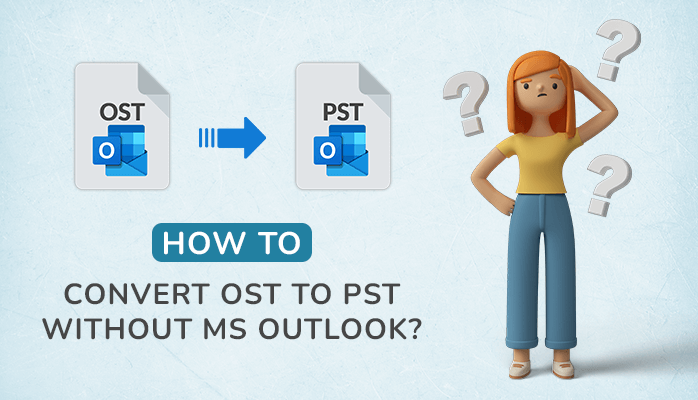
A financial model is an essential tool to prepare for obtaining external financing. With its help, you can develop financial projections for the near future with a high degree of accuracy and assess the degree of profitability of the entire project. To draw it up, intermediate knowledge of Excel and basic knowledge of the specifics of the industry in which the company operates is usually sufficient.
The financial model also verifies basic assumptions about the entire business. That’s why it’s worth preparing it, even if the start-up owners initially want to cover the costs of the business on their own and don’t plan to apply for external financing shortly. In such a situation, the financial model will help to make an objective assessment of the viability of the business to identify possible critical points. A fintech design agency will help build a fintech app.
What should a financial model contain?
For the financial model to fulfill all its functions and bring the company the most benefits, it should have a specific form. This will create a versatile document that can be used both as an internal tool for financial analysis and as an element of a business plan or an argument when negotiating the amount of external financing. What elements should be included in a company’s financial model?
Things to consider when creating a financial application
Threats to data protection
Widespread access to data and the possibility of continuous processing (depending on the settings, the app can continuously monitor specific data), as well as the number of stakeholders in production (investors, software houses, freelancers, third-party software, manufacturers of devices, and their operating systems, app stores, advertisers), means that the use of mobile apps can be followed by some risks to the rights and freedoms of data subjects.
Privacy by Design and privacy by default
The entity responsible for the development of a mobile app, to implement the requirements of the RODO and protect the rights of data subjects, should implement already at the stage of determining the means of processing, as well as during the processing itself (a temporal aspect of privacy by Design), appropriate technical and organizational measures designed to effectively implement data protection principles, such as data pseudonymization and minimization (an aspect of privacy by default). Data protection by Design should be implemented by taking into account the state of the art, the cost of implementation, and the nature, scope, context, and purposes of the processing, as well as the risk of violation of the rights or freedoms of individuals with different probability and severity of the threat, resulting from the processing.
Mobile application life cycle and data protection
There are various descriptions of the software development life cycle. However, as a general rule, the following stages can be distinguished: analysis and identification of requirements, Design, programming, testing, implementation, and maintenance.
In addition, the entity responsible for the application development process can opt for many software development methodologies, which will determine how to design the privacy of a solution. In waterfall (cascade) methodologies, the purpose and nature of processing and the requirements imposed by the RODO in a given solution can be defined as early as the design stage, and technical and organizational measures can be selected to effectively implement the principles of personal data processing.
Monetization strategy
It consists of conducting precisely selected and scheduled advertising mailings on databases collected for commercial purposes.
Application security
Application security issues are often overlooked in design specifications. Security must be ensured if your application collects any user data, especially sensitive data. Application security is even more critical for mobile applications.
Testing
A regular, obvious part of mobile app design is also testing. At the same time, testing is not carried out on already finished applications but at every stage of their development and creation.Mobile application testing allows you to detect usability errors and eliminate solutions that give rise to problems that hinder the use of the application. Testing will enable you to improve the User Experience and optimize the experience.
They also make it possible to resolve one of the most fundamental problems, design dilemmas, relating to balancing the issue of usability (Usability) and attractiveness (Desirability) of mobile applications.
User Experience
Designing applications – web or mobile – today is impossible to imagine without considering usability, user experience, and User Experience research.
User-Centered Design is an absolute standard today, at least if we mean applications developed by professional teams. UI Design, UX Designers, UX researchers, UX Writers, and product managers play an essential role.
User orientation means paying particular attention to the user’s needs, feelings, emotions, expectations, experiences, habits, ways of processing information, and solving problems. User Experience in the Design of mobile applications plays a unique role because it increases the probability of market success of the application.








